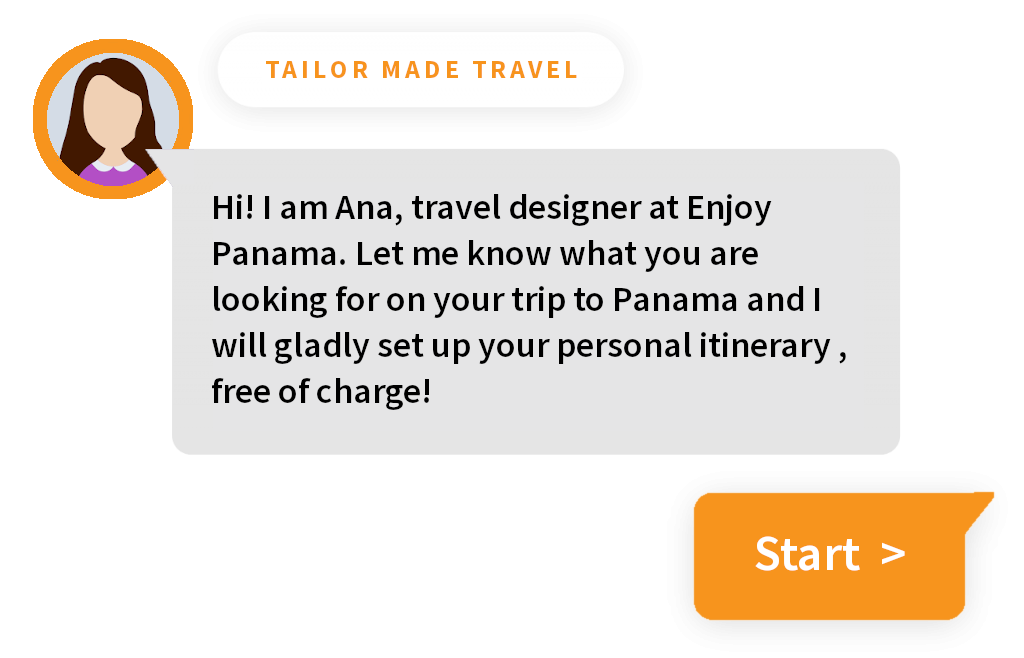Panama Culture
Panama connects the world, not only because it’s the bridge between North and South America but because for centuries it has been a crossroads for humanity and a meeting point for people, goods and ideas. Settled thousands of years ago by ancient civilizations, the land that has become modern-day Panama boasts a rich mosaic of cultural diversity where indigenous roots meet African heritage and Spanish influence. While in Panama you will be exposed to the oldest colonial relics in this part of the world—including the oldest Spanish fort and the first European settlement in the Pacific.
Panama has 7 indigenous communities: Guna, Naso Tjër Di, Ngäbe, Buglé, Bri bri, Emberá and Wounaan. Most of them live in protected territories, located all over the country. These native ethnic groups practice ancestral forms of government, preserve dances and songs, and hold on to their deep cosmological beliefs and cultural expressions.
Panamanian indigenous communities are celebrated for their incredible craftsmanship. They create exquisite wood carvings, beautiful baskets, and bags woven from vegetable fibers. Their colorful clothing, like the Mola, is also highly prized. You're welcome to visit these communities; they genuinely enjoy sharing their rich culture with visitors.


